|
AB110004 and Mars
As if two of these objects on the
Moon weren't enough!
(To see objects on the Moon "click"
HERE)
For our next view of another very similar object we’ll have to switch
planets, missions, and image sources to Mars, the Mars Global Surveyor and
MSSS. Shortly after going into service while still undergoing aero braking,
MGS returned image AB110004. This image and it's associated ancillary data
is readily viewable via Malin Space Science Systems' archival website at the
following
HERE or at
their website.
The object lies near -47.10 lat 341.20 long on the right side of what may be
described as a crater, but in appearance is more alike to a sludge or
settlement pool. The whole image is entirely too large to display here, so
I’ve cropped it down to a large part of its lower section for convenience.
The arrow points to the object.
AB110004
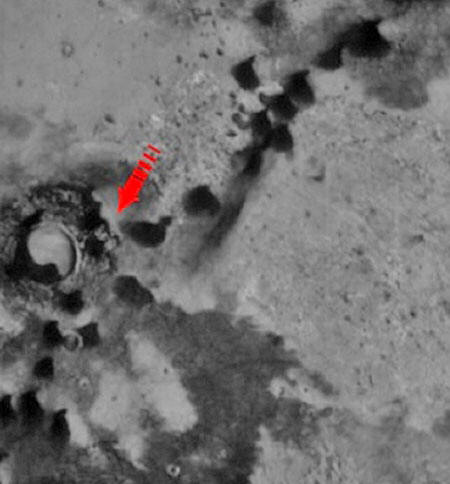
MGS' Mars Orbital Camera (MOC) produces excellent digital images at a nice
resolution for the most part, and since it measures the images in meters per
pixel we can obtain a nice estimate of actual object size. In this case, a
little over 9 meters per pixel. The object appears to be both rectangular
and tiered.
A size estimate of it reveals a length width and height of
approx. 246x183x118 meters at base. Around it are some very intricate shapes
and surfaces, also indicative of outlying structures within a complex.. That
this is in fact an impact is not at all necessarily evident, as is the case
of several other "impact features" on Mars not covered here. We will assume
it is.
Unlike the similar objects shown above on the Apollo images, this one is on
the crater's side. Both structure and crater are much smaller. Also unlike
the others, Mars has an atmosphere and is possibly a living world. The
planetary geology is very different from that of the Moon, but not so much
the impact structures.
Here we again find the same type of object. Its
shadows reveals its shape just like the others. The dynamics of position and
size may a bit different, the appearance is not. The lighting is coming from
the upper right, which would be east.
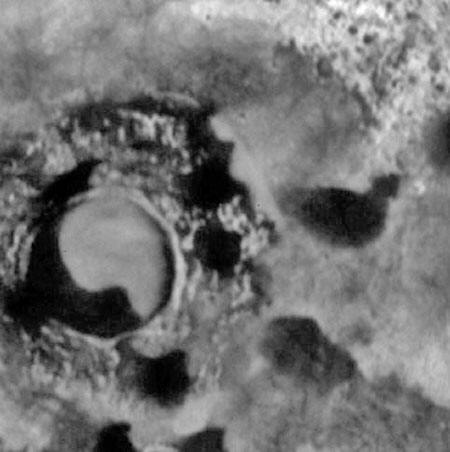
Now let’s look at all of the above structures together on one image as a
collage to compare them, and for easy correlation.
Three similar right angled, tiered, possibly artificial structure found on
two different worlds during three different missions.
All not fitting the standard and accepted models as being impact originated.
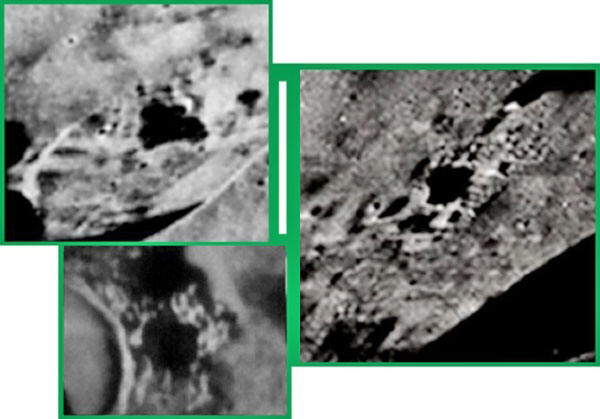
The shapes and lines within these craters as displayed in this study stand
out as being very well placed, exhibiting complex geometric organization.
All of them contain attributes far more reminiscent of being archaeological
in nature than geological. Quite frankly, it resembles many ancient ruins on
Earth as seen from the air.
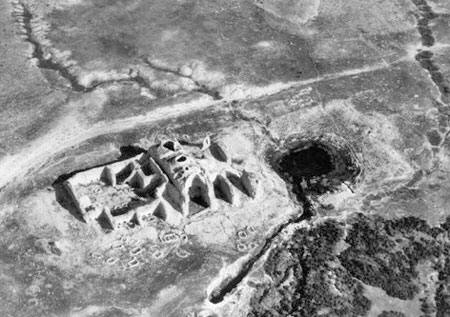
Aerial archaeology has been the single most important development in that
branch of science since its inception. It has so far proven invaluable as a
principal means of locating and identifying suspected ancient ruins of this
type on Earth. There is absolutely no reason other than negligence for the
same principles not being applied to suspected artificial ruins elsewhere.
The Moon's surface has been pored over by geologists, but not by
archaeologists. This is a result of either gross oversight, or overt
avoidance and neglect of scientific responsibility.
The possibility of finding remnants from other civilizations during our ever
developing space endeavors has been discussed for decades, and by think
tanks no less illustrious than
The Brookings Institution. Their conclusions
on this matter were that it would be detrimental to our civilization if
knowledge of such findings were announced. This is more than likely the
reason why the Moon has escaped the attention of archaeologists and the
research application of archaeological principles and practices.
The fact
that this study must be purely photogrammetric is of little consequence,
because photographic analysis is the primary focus of aerial archaeology.
The only thing lacking towards applying this to our planetary neighbors is
physical verification, or ground truth.
That impact origination is the explanation for all the above areas which
contain these structures is possible, theoretically plausible, and nearly
unquestionable except for these tiered objects which do not follow impact
uplift peaking patterns as referenced by accepted models. The one on Mars
figures prominently in this respect, because it is inexplicable for a
central crater uplift or peak to be formed on the crater's side, almost
outside of the crater completely, and it is far higher than the crater rim.
In summation, the similarity of these objects both to each other and to
ancient ruins and step pyramids (with their associated outlying structures)
found here on our world calls for a much closer look into the likelihood
that we are actually seeing structural evidence of ancient human or
extraterrestrial habitation. It may be that there is a not-so-common natural
phenomenon that churned out some fairly equal sized right angled tiered
structures surrounded by rectilinear geometric objects in the middles and
sides of some impact craters. I opt from evidences personally witnessed to
agree with the former.
Perhaps objects of the type found on Earth, such as these seen below, might
offer a better explanation as to the origin of the structures I've shown
above from the Moon and Mars? I see them as being highly similar. Huge
tiered right angled ruined structures with outlying infrastructure, built by
man or his predecessors (be they an ancient advanced civilization or
extraterrestrially originated), still standing defiantly against the damages
wrought by time. Although their origins are thought known, they stand as the
silent sentinels of what we actually don't know at all, both here and on our
neighbors.
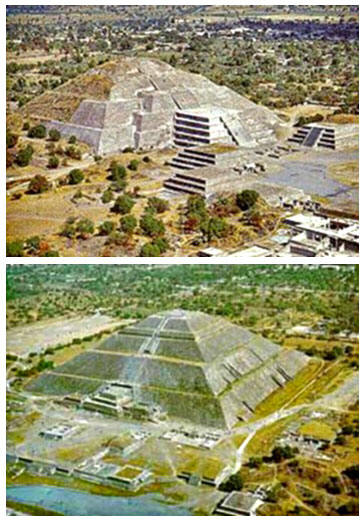
As a parting shot to all who
can't see me in the forest for the trees..
Is it a crater or an archaeological site?
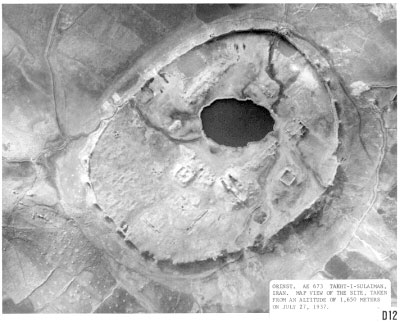
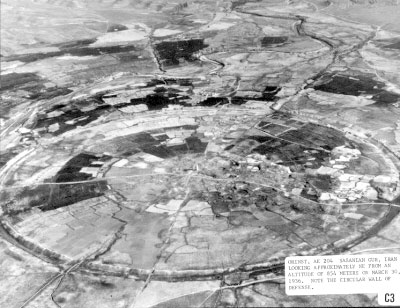
With another hundred or so more
miles of distance and the decay of several thousand more years they might be
indistinguishable.
|






